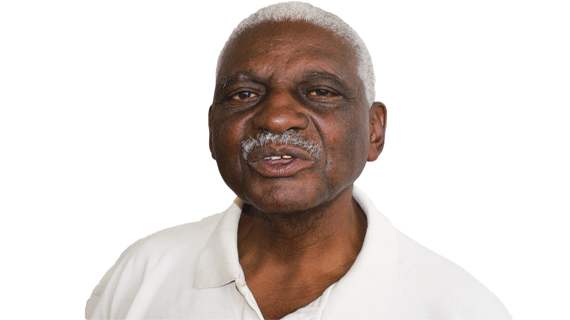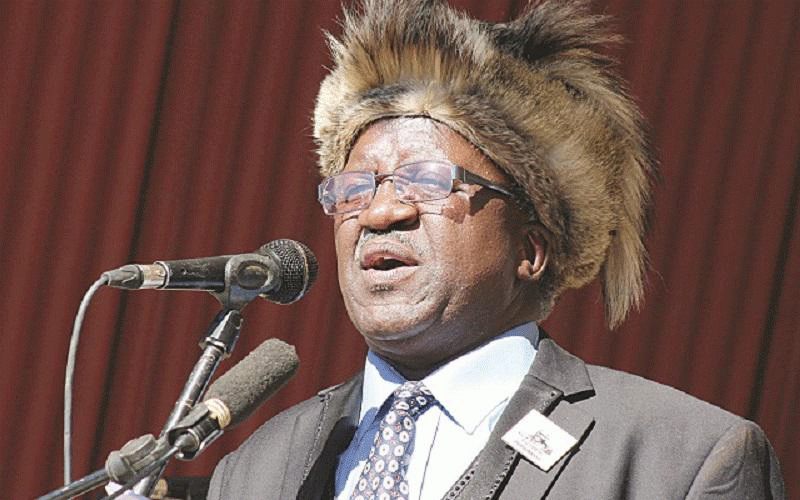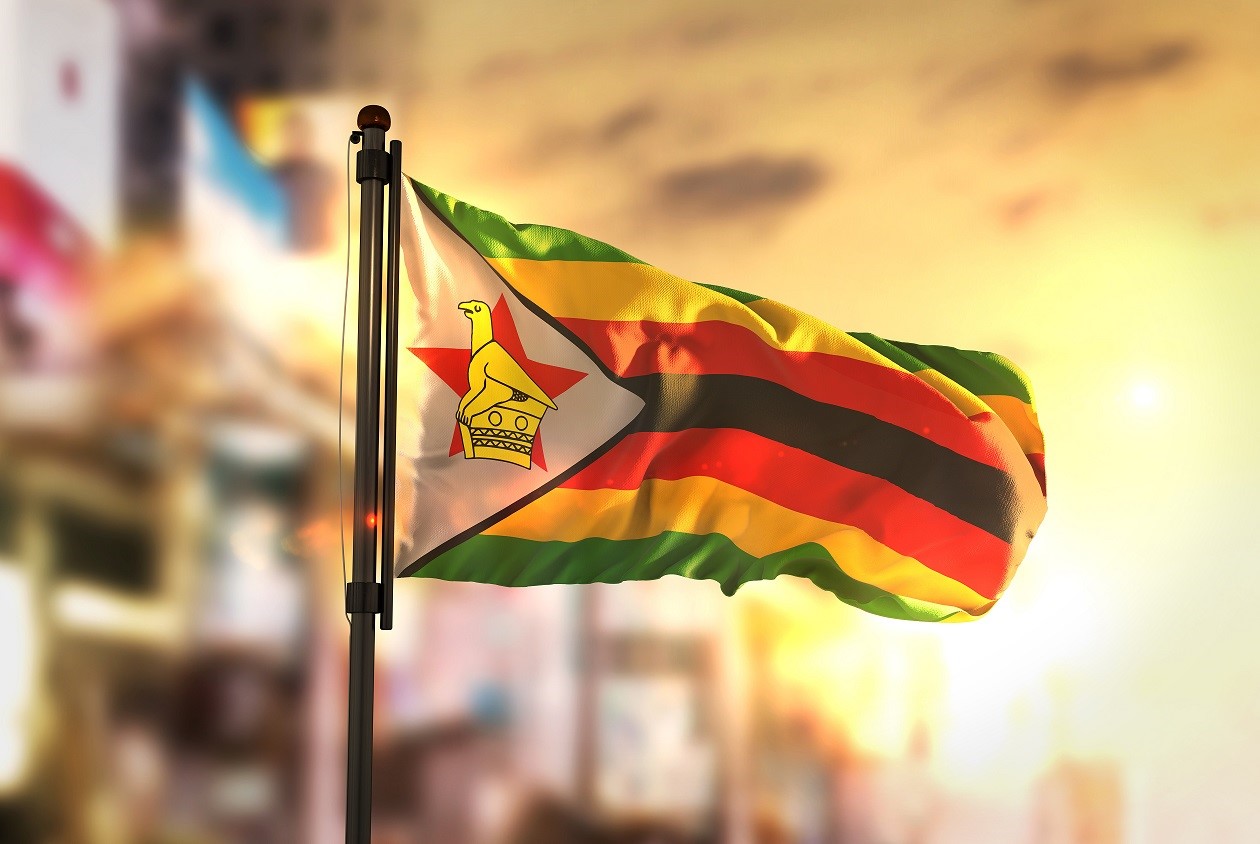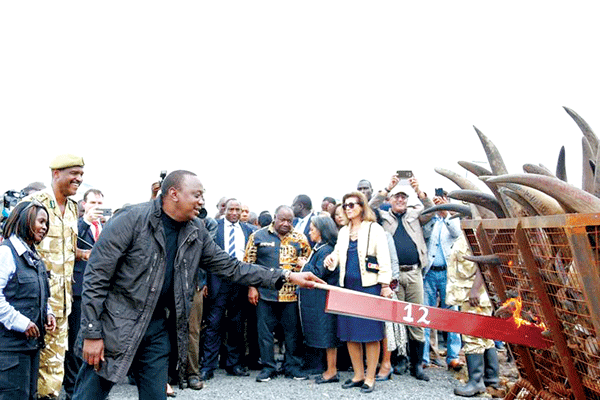
A FAMILY is like a tree, it has roots, a stem and branches. Like a tree the family is fixed firmly in the ground of its ancestry, namely its great-great (you can add more greats) grandfathers who had a beginning somewhere at some time.
The great-grandfather of each family lineage begot children who in the course of time also begot children who in the course of time also begot their own children and established their own families.
In many cases the forebear (ancestor) begets several children who in time will bear their own children. The family tree keeps on branching out until you have clans and tribes.
They begin to establish separate settlements and in the long run lose their founding relationship as some end up even changing their original isibongo. The Khumalos of long ago did that and some called themselves Siwela or Mabaso or Mpofu and Nyandeni. In that way intermarriage became possible.
Family refers to one traceable family including the present generation of living members with their father and mother , and their children and going back to their grandparents , great-grandparents and so on to the beginning (if possible).
Shorter family trees are also recognised. In essence this means that each person has his/her own family tree somewhat different and separate from that of your siblings because your family tree will include your own children who are not your siblings.
It is also possible to build your family beginning with yourself and your siblings backwards to your parents and their parents’ parents and so on and on.
The point to make is that the member who is building up the family tree becomes the centre and his offspring trace back to him in the first instance.
- Chamisa under fire over US$120K donation
- Mavhunga puts DeMbare into Chibuku quarterfinals
- Pension funds bet on Cabora Bassa oilfields
- Councils defy govt fire tender directive
Keep Reading
Such a family tree will show one or two (or in some cases ) ancestors and may begin to branch out at the grandfather level showing who were the siblings of your father and perhaps their children. Below is an example of my family tree as described above:
In this case Isaac is the subject of consideration and the family tree is based on him. Any other sibling (Samuel, Moses, William) could be the centre of the family tree and thus Isaac will fade away. That is why for instance, you have family trees like: UNyandeni (Ngonyama) kaMashobana, kaMangethe, kaNgalulu, kaLanga, kaZimangele, kaMntungwa, kaMbulazi.
Other siblings (Mzilikazi, Nzeni, etc, Mashobana‘s seed) do not come into the picture. This in fact is not a family tree but a list of family heirs . Its relevance will become clearer as we proceed. The offspring of each of the above characters would draw up a family with each as the central character and will introduce new characters in the family line.
It will be noted also that as far as lineage is concerned only males are considered because females invariably give up their family identity when they get married. In its proper definition the family tree considers the individual in relation to his/her parents (father and mother) their parents ( his /her grand-parents) together with the siblings of these (brothers, sisters, uncles, aunts, cousins).
In this sense family tree is more inclusive than lineage and it takes in both genders. As indicated in an earlier article on family relationship, Ndebele family tree is much richer and carries with it emotive relationship. A man will say: “Sabona jaha. Ungumfoka bani?” Ujaha: Ngingumfoka Mthombeni, uNjula. Umdala: UNjula wuphi. owaseNtunteni ? Ujaha: Yebo baba, owaseNtunteni. Umdala: Hawu, mntanami, xhawula lapha, uNjula ngumfowethu.
Ubabamkhulu logogo wakhe bazalwa nkunzi yinye.
You cannot miss this relational sensitivity. They belong to a common family tree whose branches have spread in all directions. Thus in Ndebele the family tree on my father’s side includes ubabomdala/ omncane and his offspring, ubabakazi, ubabamkhulu logogo labafowabo, ukhokho kusiya emuva. On my mother’s side it includes umalumami, labazawami, umamomdala/omncane labafowethu, ubabamkhulu logogo labazali babo.
However, the family tree spreads more on father’s side and fades away on mother’s side. It is said that the family tree on the father’s side carries with it blood relationship. Well! Consider the following and explain what their relationship is to yourself (as they may appear on a family tree):
Uyise kayihlomkhulu Umntanomzawakhe kayihlo Udadewabo kakhokho wakho ozala uyihlo










